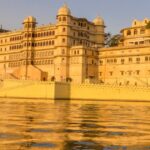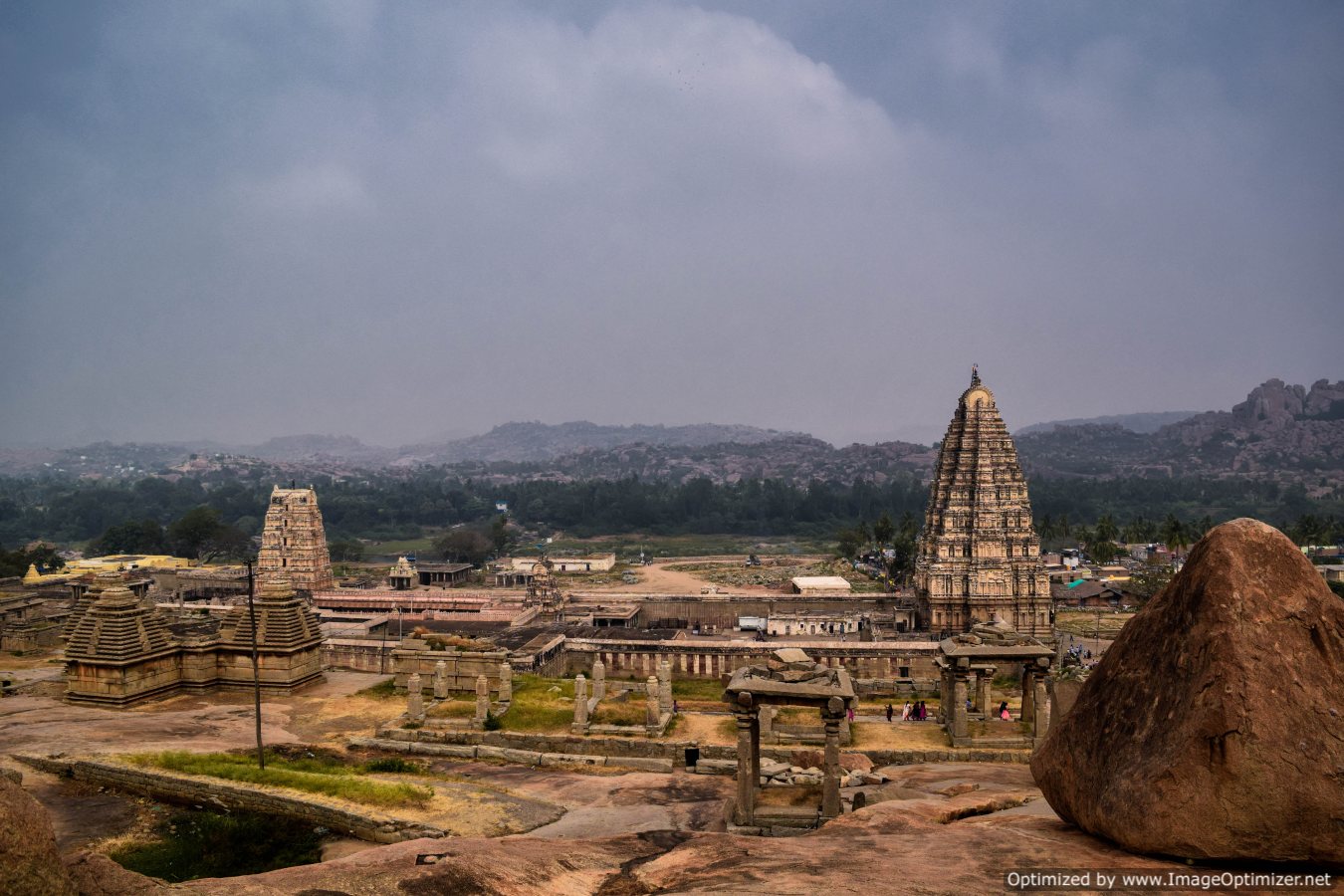When I was a kid, I was fascinated by the ingenious architecture of the Shahi Baoli in Imambara, Lucknow. That was the beginning of my love for stepwells and the grandeur arrested in these subterranean structures had since then incited me. And when Rani ki Vav, an 11th century stepwell, was declared as a World Heritage site by UNESCO, I couldn’t hold myself from visiting the place. A drive of just two hours from Ahmedabad, through the verdant fields, took me to Patan, the ancient capital of the Solanki rulers.
Of all the historical monuments, stepwells have amazed me the most. Sunk in the earth step-wells were built as placid reservoirs of water, but at times they were built purely with spiritual significance. Infact having a reservoir of water is one of the commonest appeals of hindu architecture, but in stepwells, this watershaping wears a different hypnotic appeal and that too at grandest of scales. Of the hundreds of stepwells littered across India, none are grander than those in Gujarat and Rajasthan.
To be true, I was prepared to be left surprised by the dexterity of architecture. Moving a few steps ahead from the unimposing entrance, I reached the stepped corridor which leads to the bottom of the well. It was nothing less than a subterranean palace and the attention the designers had paid to aesthetics spoke of the steel the Solanki rulers had for art and architecture. A rectangular passage cuts into earth, plunging downward, leading to the well, bolstered with stoned walls which are accountred with a dizzying range of sculptures, friezes, niches, and carvings. It is no stygian dark underground world, but an Olympus multi storeyed structure that can make the bestest of engineering brains go frozen for a second. The first look at the dexterity of architecture and sculpturing of this mammoth structure could very well be the OMG moment of your life. No stone has been left uncarved, even the smallest of spaces are geometrically designed and contribute in an equal measure in making this place a visual treat.
This magnificent platform rests on beautifully carved pillars. The corridor walls have tiered sets of sculptures arrayed in sunken niches and projecting panels. As I descended the stairs, the sheer wonder at the spectacular beams and columns, caught my attention. And as you reach the third and largest stage of the corridor, you feel surrendering yourself to the munificence of the art of the monument. No doubt, it seems a subterranean palace built by the lords themselves. The colonnades supporting elaborately carved lintels, the sharp contours of the column beams, embellishments with geometrical motifs, bands of floral designs with repeated geometric patterns gracefully preserved over these years, gives you an impression of entering a well preserved museum that’s old more than a millennium.
As you go down, you will discover that hundreds of loud sculptures in the seven galleries dedicated to Lord Vishnu, showing no signs of wearing and tearing. The central theme of the sculptures is the Dasavataras of Lord Vishnu and going down you will find a carving of Lord Vishnu reclining on Shehnaag. These are accompanied by sculptures of hindu gods and celestial beings. The underlying enigmatic character of these sculptures are commendable. These sculptures interweave harmoniously with geometric patterns and sinuous bands of flowers and cusped leaves, in a celebration of creativity. The innovation and craftsmanship of that era speaks for itself through these walls. The stones seem an elaboration of life, a devotion to art, mute testimony to architectural and aesthetic tradition and above all exemplifying the history arrested in them.
The well shaft is also carved, divided into 7 horizontal levels adorned with sculptures. The central zone has niches of Seshasayi and the others have divine couples. The topmost portion has large brackets. As one looks from there at the open sky, with rings of friezes, one realizes the unique relationship that exists between light and shadows in the monument. The lowermost level of the well which is covered with silt used to be the escape route for the royal family and it is said that it connects the Sun temple of Modhera which is 30 Kms from here.
The onslaughts of time is evident in the monument, the upper storey along with the torana are missing, many sculptures are dismembered but the grandeur of this three storeyed subterranean marvel remains. Infact the entire structure was dug and restored by ASI in 1987 only. It lay buried and preserved under sands of time for centuries after being inundated by River Saraswati.
As Marcel Proust has said – ‘The real voyage of discovery consists not in seeking new landscapes but in having new eyes’, I am sure to capture the elegance and élan of Rani ki Vav, one needs many eyes. The dexterity is not just in architecture but also in thought. After all, it is a structure meant to serve the purpose of water conservation. In this age of water wars, these structures make you marvel at the far-sightedness of the rulers of that age, who venerated their sources of water.
Fast facts
Rani ki vav (literally Queen’s step well) the largest and most magnificent of stepwells in India was built in late 11th century by Queen Udhayamati in commemoration of her husband Bhimdev I of Solanki dynasty. The vav was later flooded by the nearby Saraswati River and silted over until the late 1980s.
Rani ki Vav was one of the five international heritage sites selected by the Scottish Ten team for digital preservation and scanned in 2011 for two weeks by them, along with CyArk and Archaeological Survey of India.
How to reach
There are direct buses, trains and taxis from Ahmedabad to Patan. Patan is an important tourist circuit with decent stay and fooding options. Try some authentic Gujarati food here.
What more to do
Extent your trip to see the Sun Temple at Modhera, 25-30 Kms from Patan. In addition, this region is also famous for the Patola sarees and traditional clay toys and you can get them from here at dirt cheap rates.
Being, the ancient capital of the Solanki rulers, Patan has many other historical monuments of great architectural value. One can have a look at the only remains of Old City of Patan existing in the form of a very small portion of Old Fort near Kalka on the outskirts of the New City.
– Aakash Mehrotra
(This travelogue has been published in DNA, Mumbai – )






